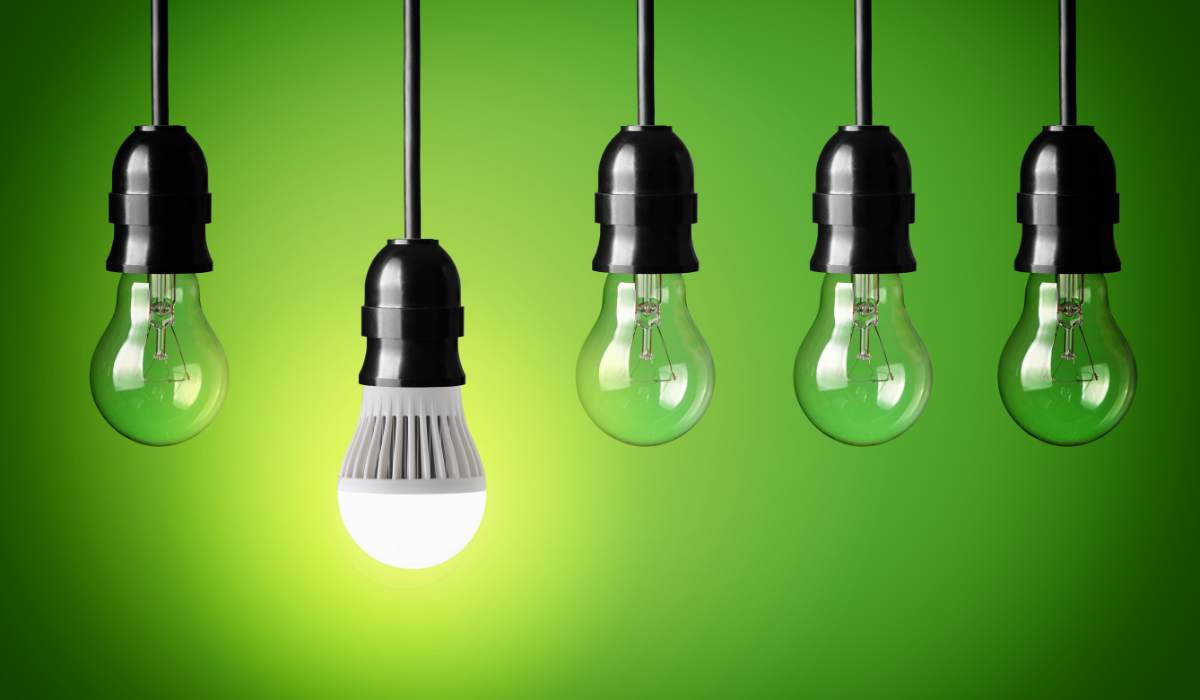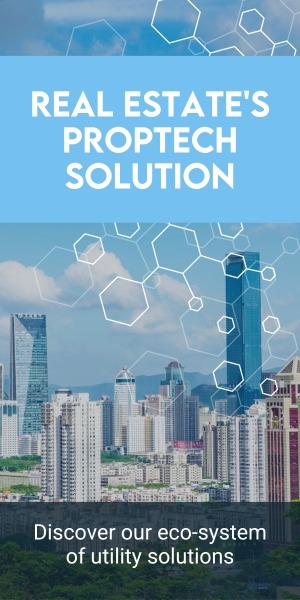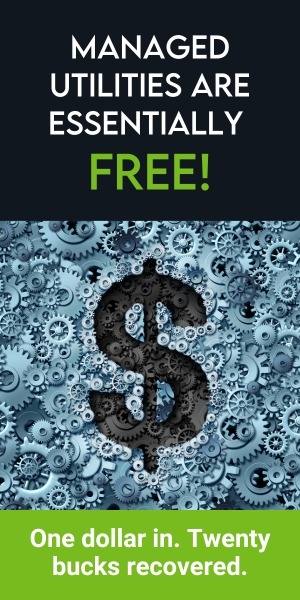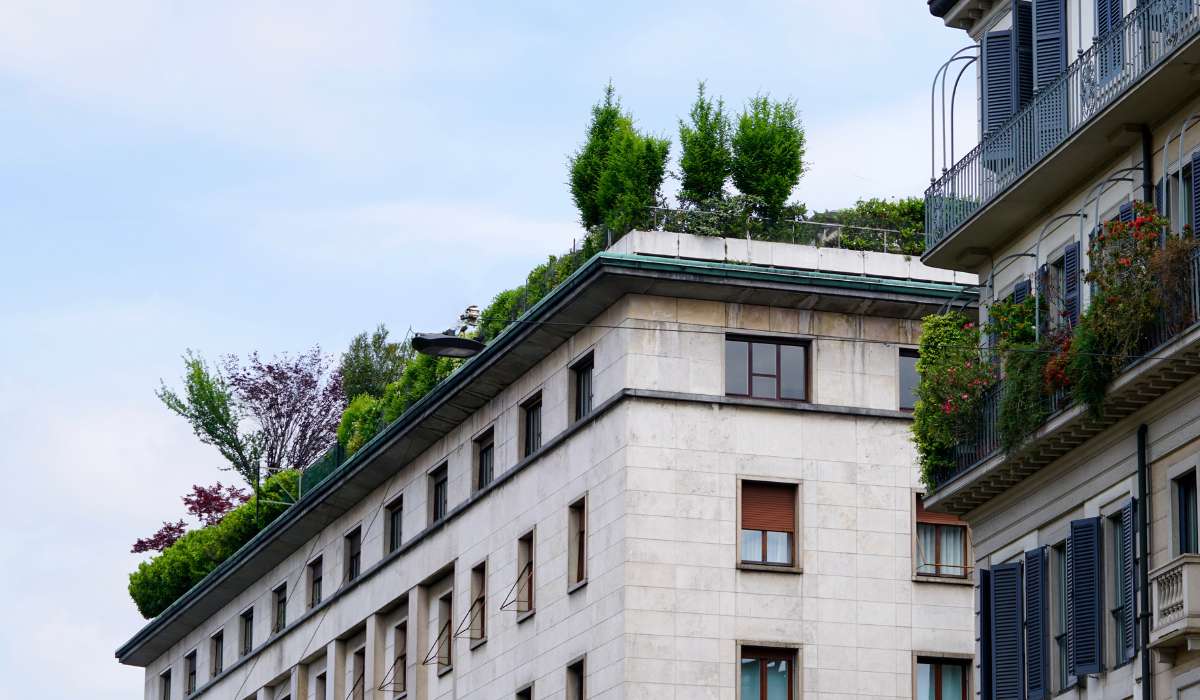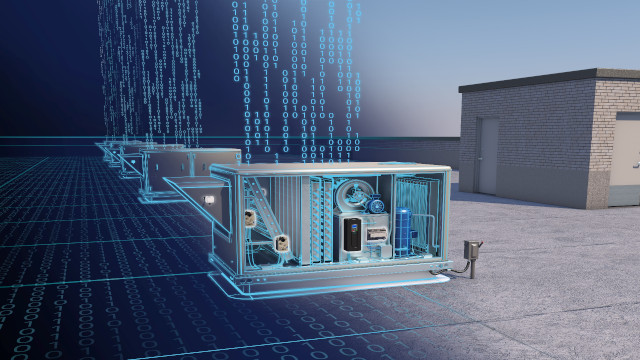In the world of building innovation, retrofits are increasingly becoming the stars, and among these, LED lighting shines the brightest. As the global focus shifts towards energy efficiency and environmental stewardship, LED technology is stepping into the spotlight. With the gradual phase-out of traditional incandescent and halogen bulbs, initiated by the Energy Independence and Security Act of 2022, LEDs are not just a trend—they’re the future.
The benefits to switching to LEDs are significant. They’re of the few building retrofits with a low upfront cost and high return on investment (ROI). This blog will dive into what LEDs are, and why to consider using them at your properties.
The Compelling Case for LED Lighting
What sets LEDs apart is their blend of cost-effectiveness and high performance. Light Emitting Diodes, or LEDs, are more than just energy savers; they’re a smart investment. With their minimal upfront costs and high return on investment, LEDs are an attractive option for any retrofit project.
But what exactly is an LED? According to Energy Star, it’s a bulb that produces light via a microchip, which illuminates tiny diodes within the bulb. This efficient process results in bright, energy-saving lighting. The Department of Energy (DOE) notes that LEDs use up to 90% less energy and last 25 times longer than traditional bulbs. Beyond their longevity and reduced energy consumption, LEDs are environmentally friendlier than their fluorescent counterparts, as they contain no mercury.
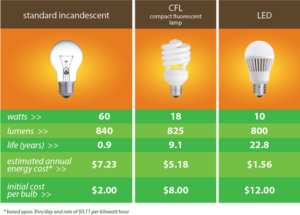
Bulb comparison chart from Progressive Materials
Why do we care?
A Revolution in Lighting Quality and Wellbeing
The quality of lighting in workspaces has a direct impact on employee well-being. Poor lighting quality has direct correlations with absenteeism and decreased productivity. Studies like those from the National Research Council in Canada have highlighted the adverse effects of fluorescent lighting glare, including headaches, migraines and eye conditions.
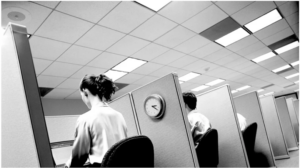
Example of fluorescent lighting in an office. Image source: Bill Varie/Getty Images
LEDs offer a solution with their occupant-friendly lighting controls. Adding task lighting, and giving occupants control over the brightness of lights, helps decrease the disruption to natural circadian rhythms, which prevent sleep issues and other concerns.
Rapid Adoption and Future Prospects
The shift to LED technology isn’t just a prediction; it’s already happening. The U.S. Energy Administration (EIA) reports a significant increase in LED adoption in commercial buildings, expecting LEDs to meet up to 95% of commercial lighting needs by 2050.
LEDs also have a significant impact on energy and financial savings. According to the U.S. EPA Energy Star Building Upgrade Manual, lighting contributes to 35% of energy use in office buildings on average. These bulbs give off heat while providing light, which adds to the cooling load for a building’s HVAC system. The U.S. Energy Administration (EIA) found that LED bulbs were reported in 9% of commercial buildings in 2012, then 44% in 2018.
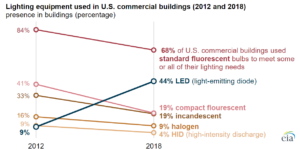
Image source: U.S. Energy Information Administration, Commercial Buildings Energy Consumption Survey (CBECS)
A Case Study in Success: The HKS Chicago Living Lab – Chicago, IL
A shining example of LED integration is the HKS Chicago Living Lab in Chicago, IL. Located in the National Building, the WELL-certified office showcases how advanced LED lighting designs can harmonize energy efficiency with occupant comfort.
The National Building is a landmark building that was originally constructed in the early 1900s, and design for the HKS Chicago Living Lab began in 2017. The HKS Chicago Living Lab was designed with occupant health and energy efficiency in mind. A case study reports the design’s support of natural circadian rhythm and reduces energy usage. The Chicago Living Lab, though more energy efficient than HKS’ previous office, provides twice the amount of illumination.
The results are telling: energy usage for lighting was 43% below standard requirements, and an impressive 88% of employees reported satisfaction with the new lighting system.
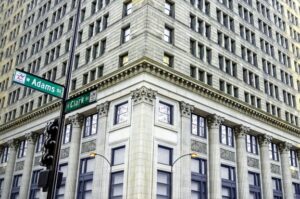
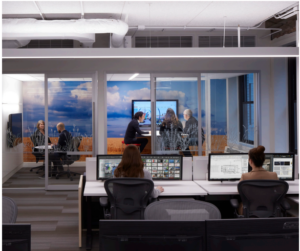
HKS Chicago Living Lab workspaces. Image source: HKS Chicago Living Lab case study report
Illuminating the Path Forward
As LEDs continue to redefine office environments, their benefits extend beyond energy savings to encompass financial gains and enhanced wellbeing. If you’re considering retrofitting your properties, our experts at Conservice ESG help drive responsible growth with a robust combination of sustainability strategy and powerful ESG data. Contact us today and take the first step towards a brighter, more sustainable future.
Interested in more from our “Why Should You Care” series?
The Power of HVAC Automation
The Rise of Green Roofs & Living Walls
